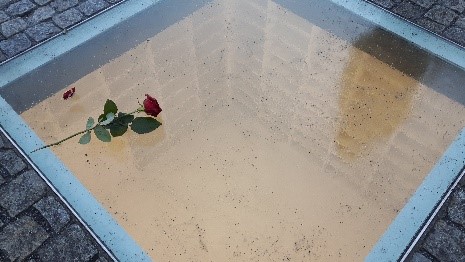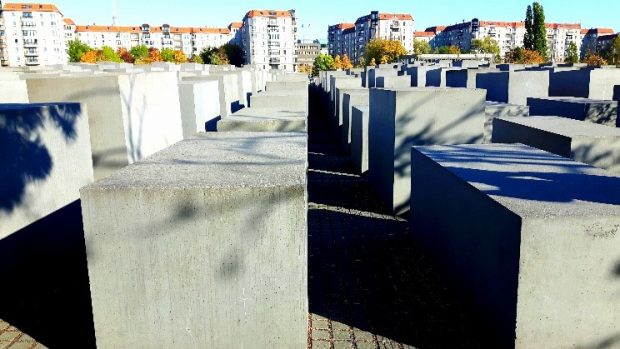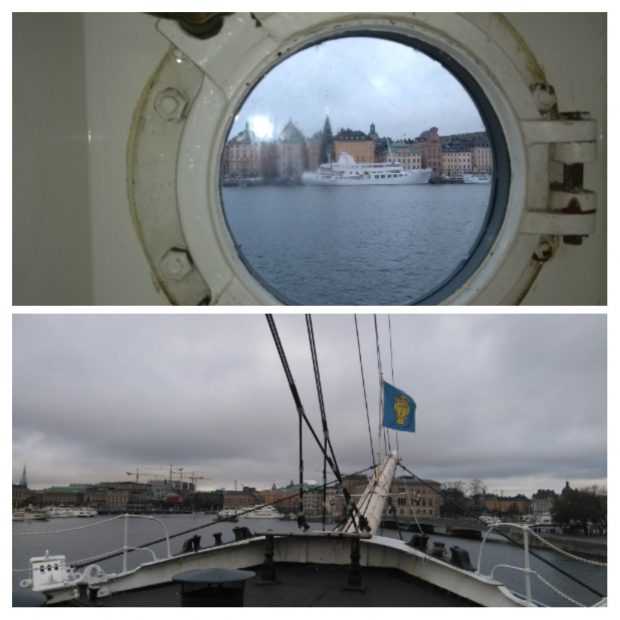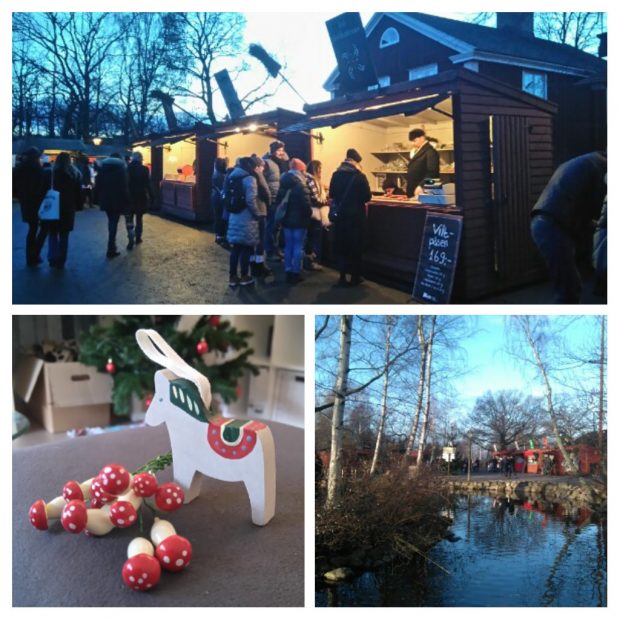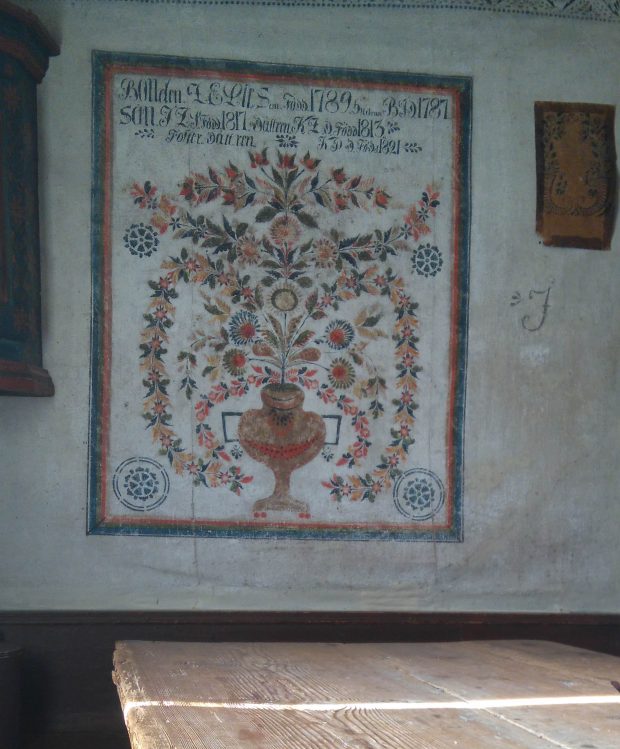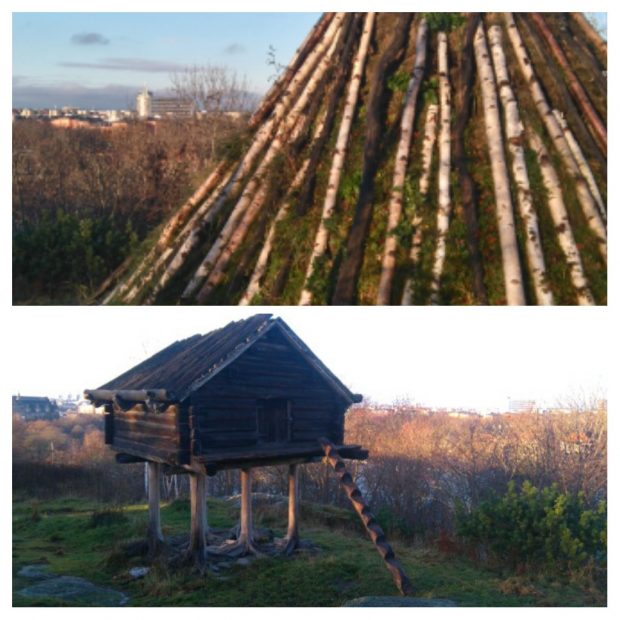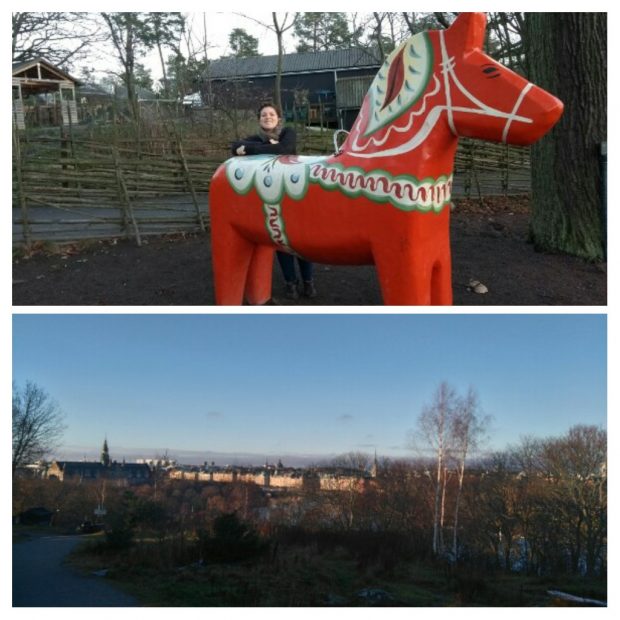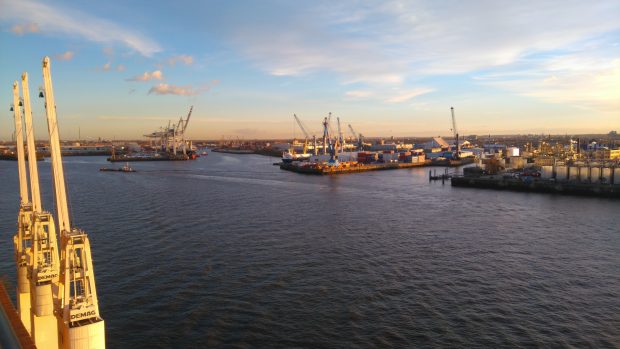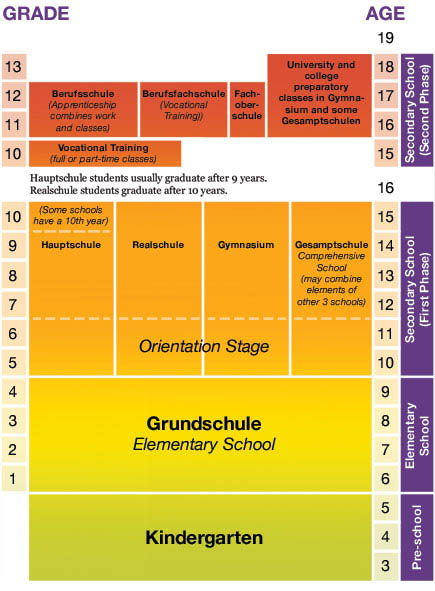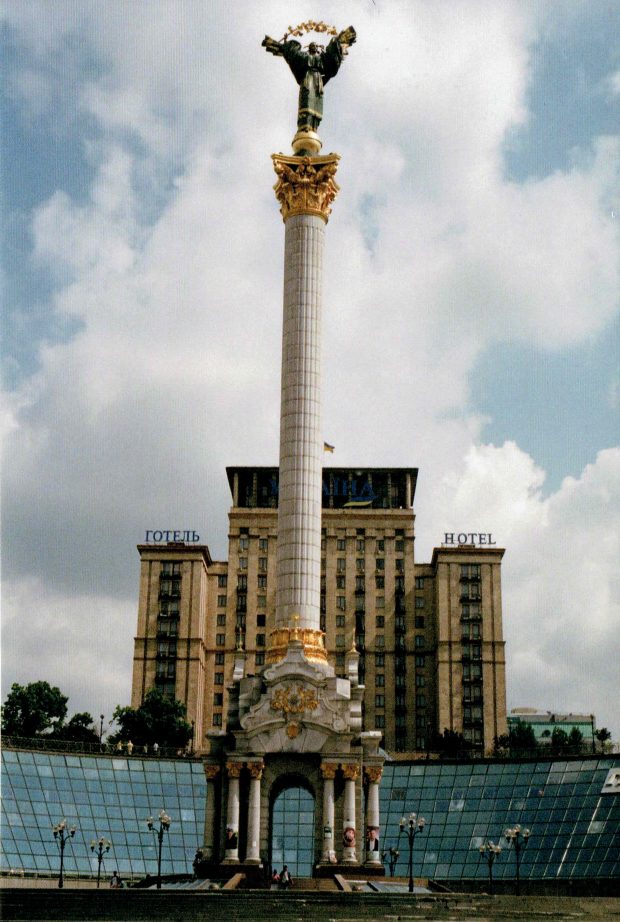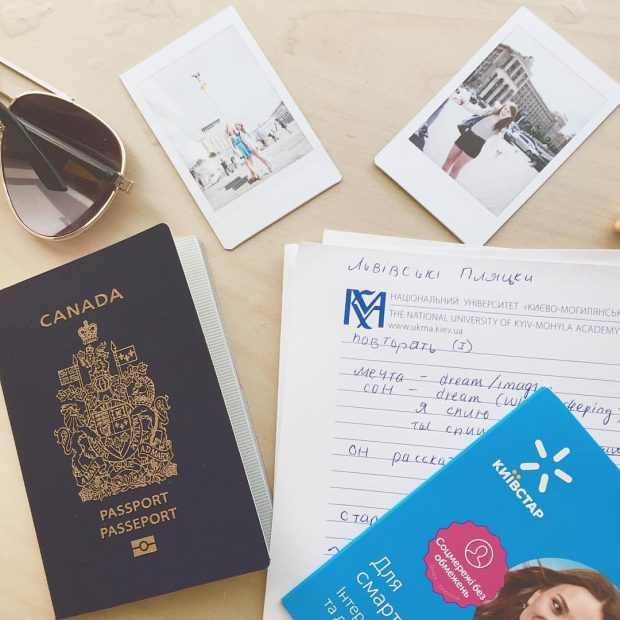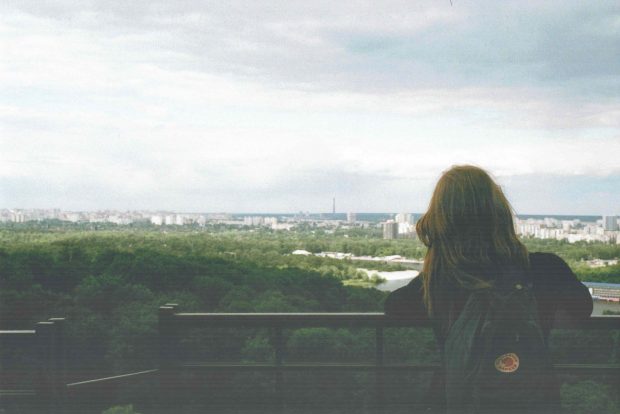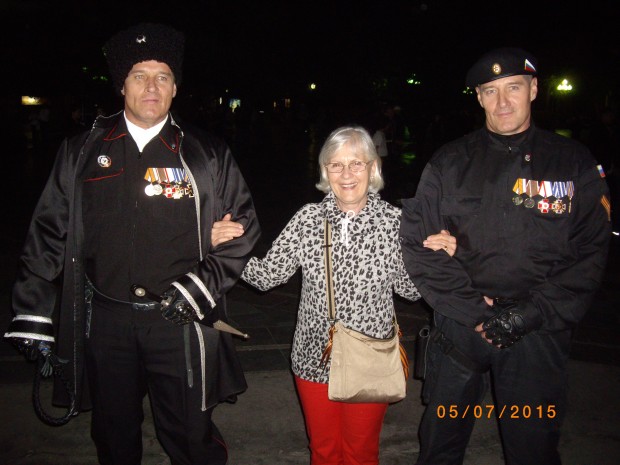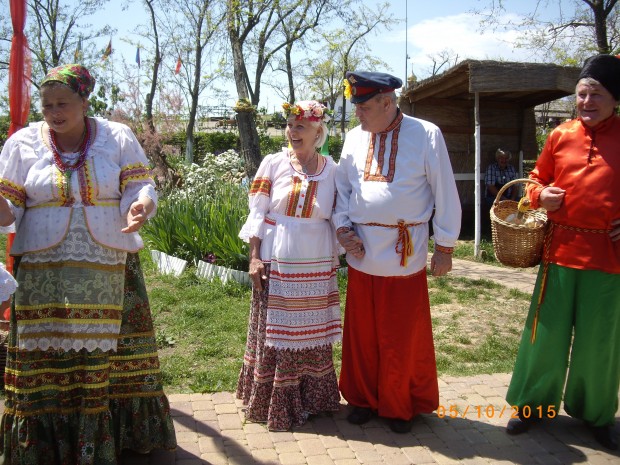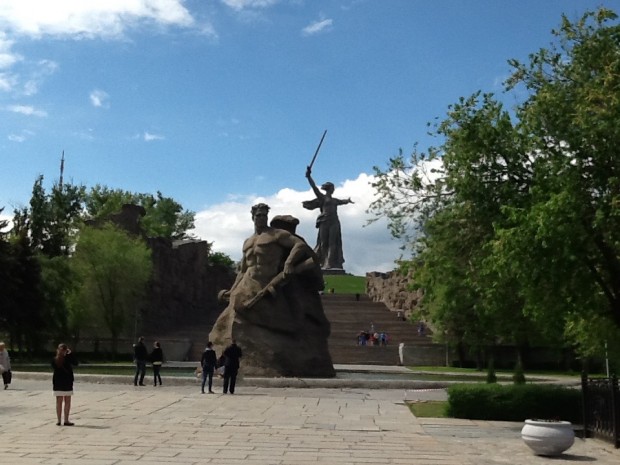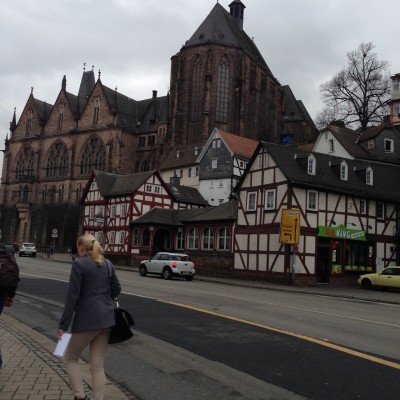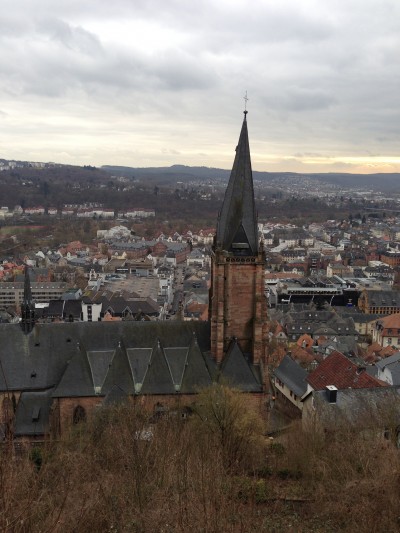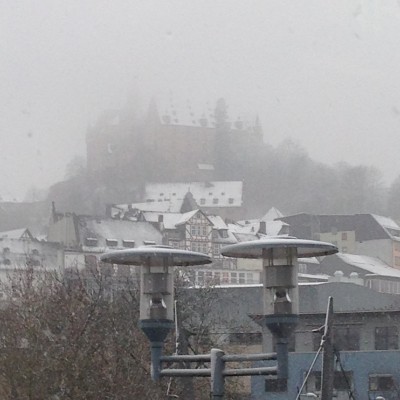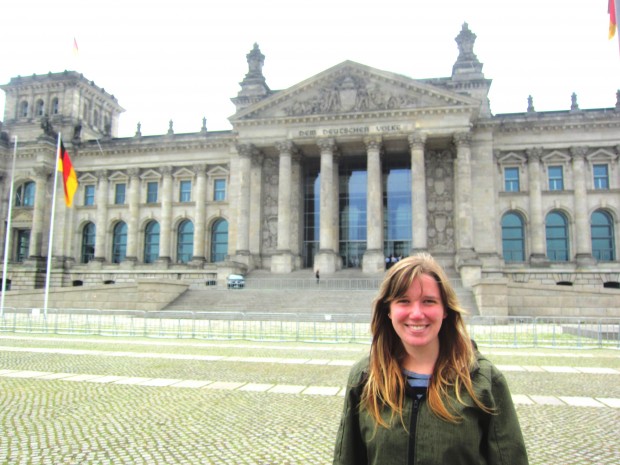
My name is Robyn Gray, and over the school year of 2013-2014, I worked as a Fremdsprachassistentin in Berlin as part of the PAD program. The school to which I was assigned was a Gymnasium, so the students attending were between grades five and twelve.
My experience began with a three-day orientation that took place outside of Cologne. I was pleasantly surprised by just how helpful this orientation was, in not only preparing for the work we would be doing, but also in allowing us a chance to meet new people that would be working near us. The organizers grouped together students that would be living in the same cities and areas in Germany, so that we would have a network of friends upon our arrival. The majority of students there were from England and Ireland, since students from the U.K. could do this experience abroad in the third year of their degree. This is referred to as an Erasmus exchange. There were only about 7 other students there from Canada, but also some from New Zealand and Australia. There was a group of these students that I saw regularly throughout the year.
At orientation, we gained some information about our roles in our new schools, but there were variances for each of us once we arrived at our actual workplaces. At the orientation, we learned about how to create our bank accounts once we arrived in our cities, how to obtain a visa, and how to find a place to live (I was fortunately all set up before I arrived). We practiced creating lesson plans for classes, learned some aspects of the difference between our roles and the teacher’s role, and were encouraged to get involved in extracurricular activities at our schools.
My first few weeks in Berlin were a bit frantic with getting everything settled. Setting up my bank account was not too difficult, especially since everyone working at said bank were very adept at English. I was a bit worried about setting up my visa, but luckily everything went smoothly. In regards to getting around, I was lucky that the transit system is so extensive in Berlin. A few of my friends working in smaller cities ended up buying a car, or else they made sure that they lived close to the schools where they worked.
The principal and teachers working at my school were extremely happy to have me there, especially since I am a native English speaker. They hadn’t really expected me to speak much German, so they were surprised with how much I knew (even though when I was applying to the PAD program, I had to prove how much German I knew by passing an exam!).
To anyone who partakes in the PAD program, I recommend that you ask your teachers to create a weekly schedule. I heard stories about some students that would show up at work and not have any idea what they would be doing that day, or if they would be called upon at all. I was given a specific schedule, showing what class I would be assisting with every day so I knew when to be where. I had Fridays off, which gave me the opportunity to travel. There were three or four teachers I worked with every week, usually with the same classes. My regulars ranged from grade six to ten.
The difficult thing with this job was not having a very clear idea on what my role was. I tried to make sure that I discussed my role with each teacher, so that I knew where I stood – the amount of responsibility I had varied based on which teacher I was working with. In some classes, I would take small groups of students into the hall and have conversations with them. In other classes, I would do a portion of the lecture, coordinating my teaching time with the primary teacher. There were a few classes in which I designed and executed a lesson plan on my own. I created one lesson plan and PpowerPoint presentation telling the class all about Canada.
Every week, I ran a “Conversation Class” individually. This was a drop-in class for any students in any grade who wanted to attend. Each week I would have a theme for the class, and we would have discussions based on this theme. Sometimes we watched television or movies.
When I wasn’t teaching, I was getting involved in German life in other ways. Since I used to play the bass guitar in high school, I joined a recreational orchestra. This was a great way to practice my German with the members of the band. I also joined a gym near my apartment. In addition, I took a three-month German language course at the Technical University in Berlin, where I met other international students and had the chance to improve my German.
There was a group of about twelve students living in Berlin that had met at orientation, and we got together about once a week. In Berlin, they have an event called “Cinesneak” at the Potsdamer Platz movie theatre every Thursday. You buy a movie ticket for 5 euros, but you have no idea what movie it is you’re seeing. It became a weekly tradition for us to go to dinner and then Cinesneak.
During a school holiday, a group of me and my friends from orientation went to Oktoberfest. There are small Oktoberfest events in Berlin, but we were able to go to the one in Munich as well. Hotels around Oktoberfest book up extremely early in the year, so the best we could do was stay in tents at a campground. I was happy we went on weekdays instead of on the weekend – it was still very busy during the week, but on the weekend it would have been insanely packed.
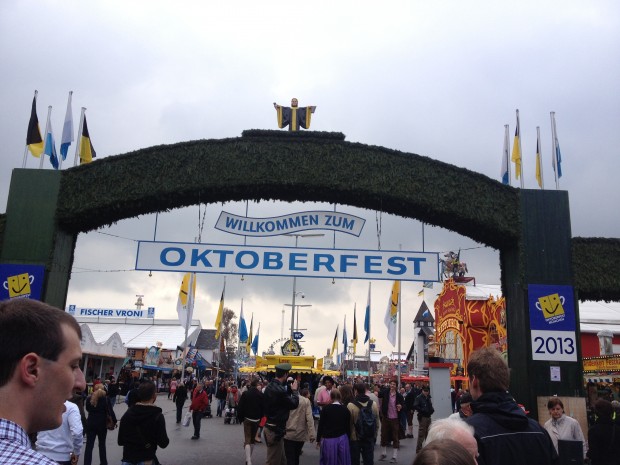
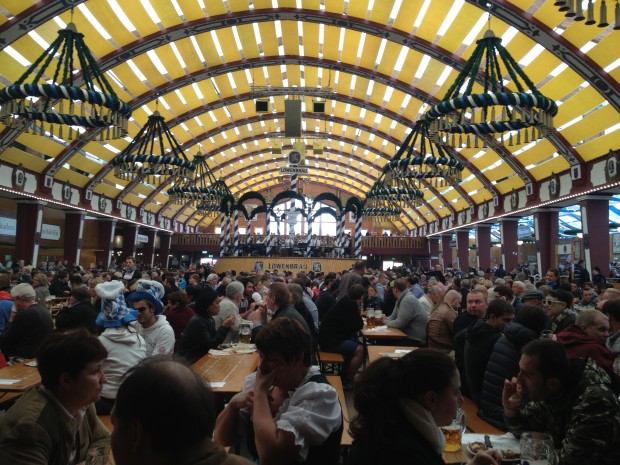
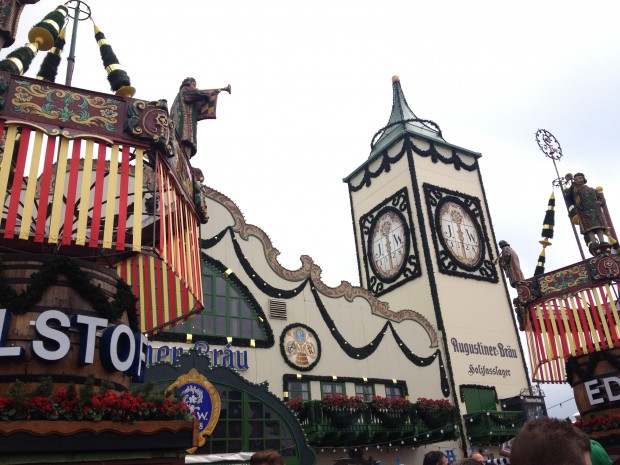
Outside of this trip, there were lots of other opportunities to travel – personally, I went to Barcelona, Amsterdam, Prague, Leipzig, and even Dresden for the famous Christmas Markets. The Christmas Markets in Germany are like nothing I’ve ever experienced in Canada. My friends went to a lot of other places too, including Budapest. I tried to find a balance between traveling and seeing as much of Europe as I could, while also saving some money to bring home with me when the year was done.
The year in Germany seemed to fly by. One of the best pieces of advice I received at orientation was that even though it is an amazing experience and “one of the most memorable years of your life”, not every day will be perfect. You will sometimes miss your bus, or fall and scrape your knee (that was a crappy day, let me tell you!), or feel homesick. It is a once-in-a-lifetime experience, but it is still a job with several daily stresses.
It felt like I played a fairly minimal role at the school, but at the end of the year I was so touched by how grateful the students and teachers were. A few classes signed cards for me, the teachers gave me gifts, and even the students in my conversation course gave me chocolates. I learned a lot about myself over the course of the year, improved my German fluency, and gained a lot of confidence.
I hope that you consider pursuing this amazing opportunity. As much as a year can seem like a long time to spend in a foreign country, it is short in the grand scheme of things. For me, this was the perfect step to take once I had finished my degree and wasn’t sure where my life would go next. I have made friends all over the world that I still keep in touch with and can’t wait to visit, and my experience teaching taught me a lot about myself as a person.
If you want to read more about my experience, please visit my blog at: https://robynpippin.wordpress.com/
Aufwiedersehen!
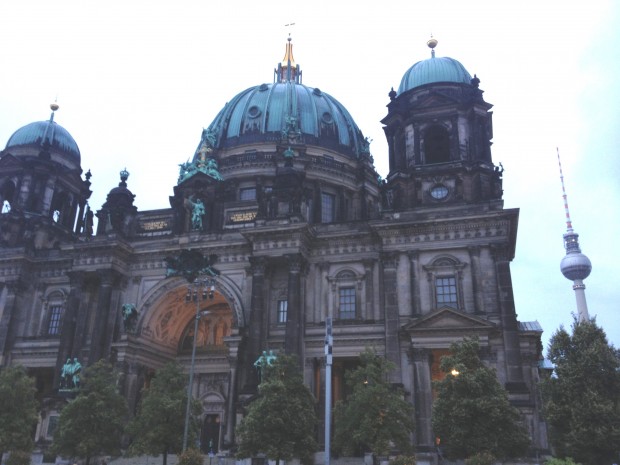
 The duration of the winter semester at TU Berlin is from mid October to mid February. However, my exchange ended in late December. The Center for Research on Antisemitism offered four courses in English with topics ranging from Antisemitism in the US to the study of Multiculturalism and its critics.
The duration of the winter semester at TU Berlin is from mid October to mid February. However, my exchange ended in late December. The Center for Research on Antisemitism offered four courses in English with topics ranging from Antisemitism in the US to the study of Multiculturalism and its critics.
